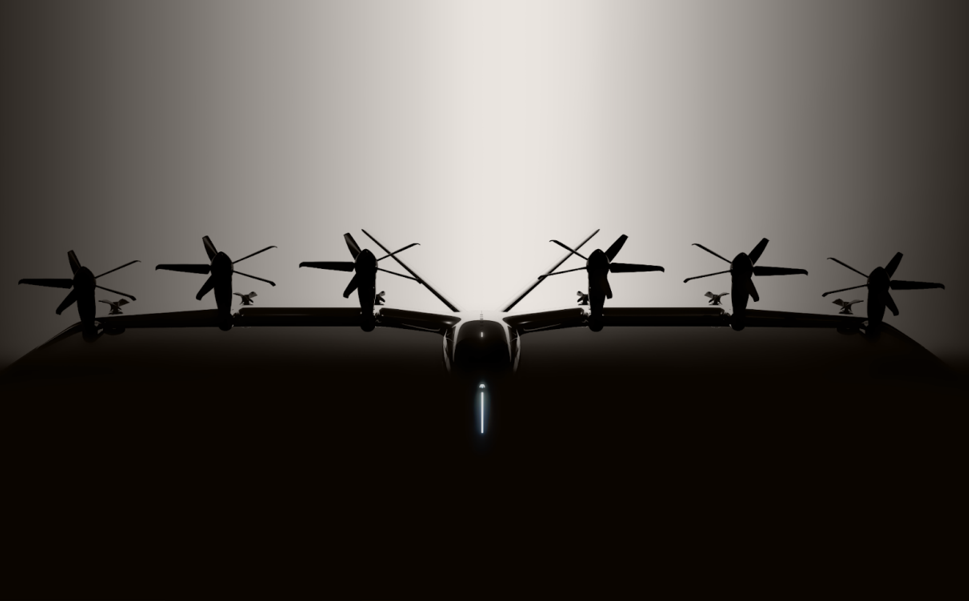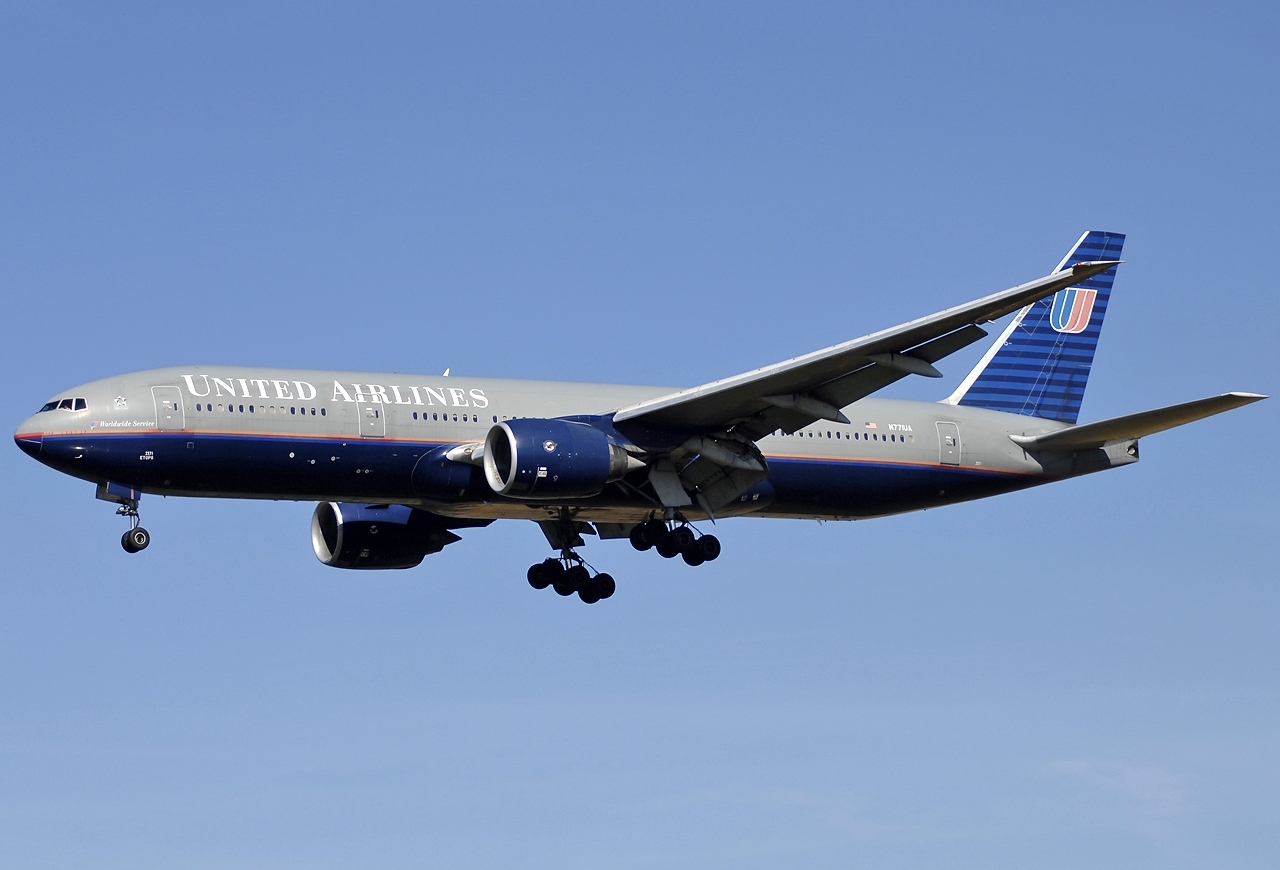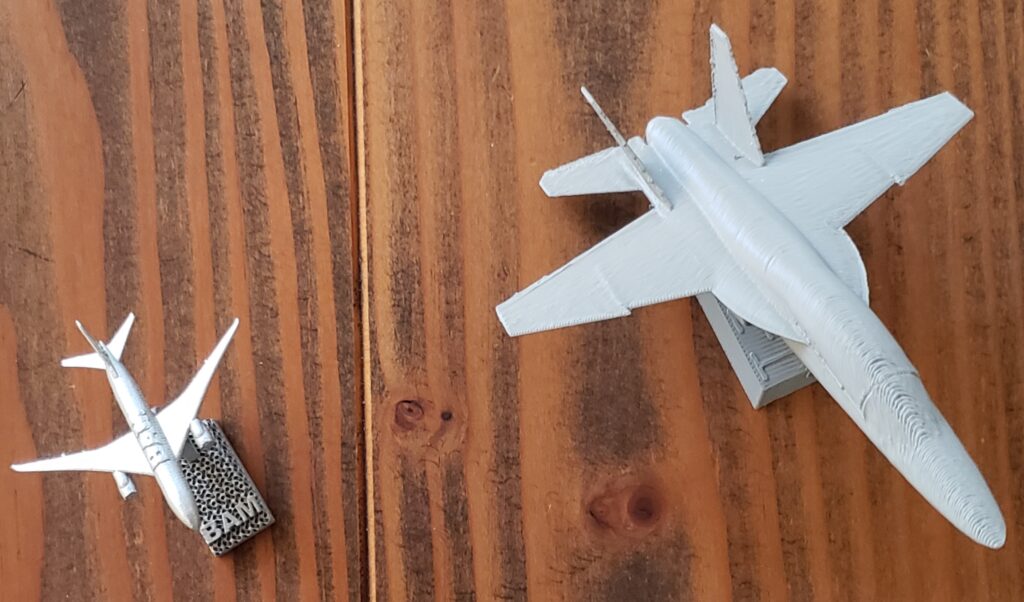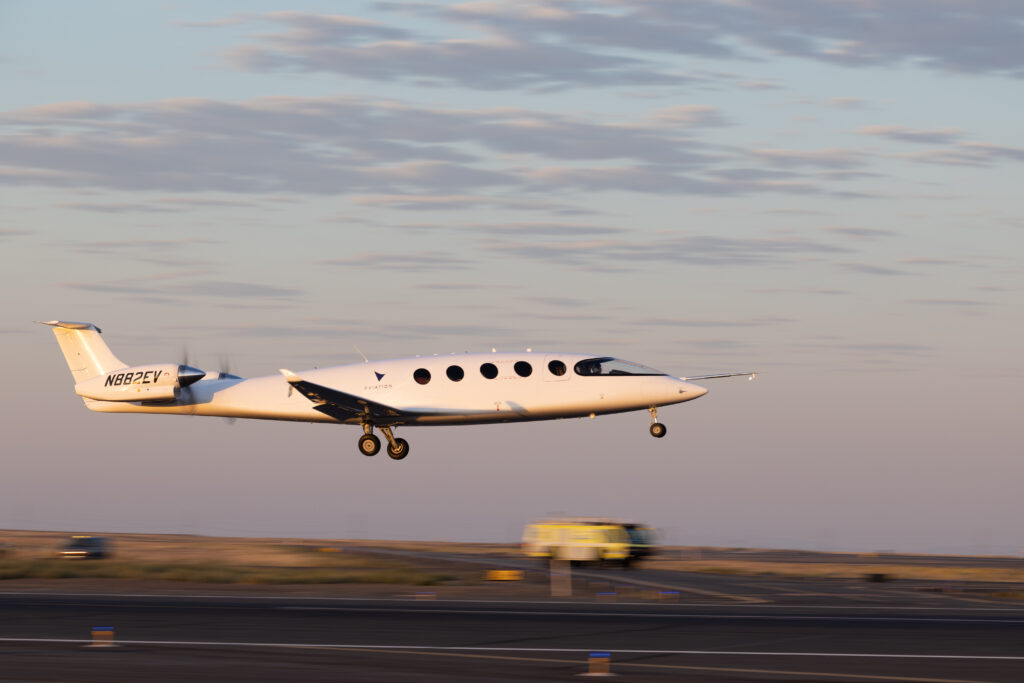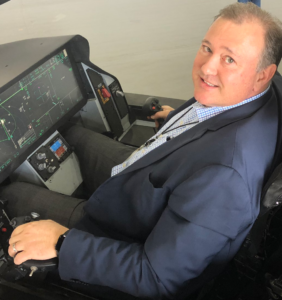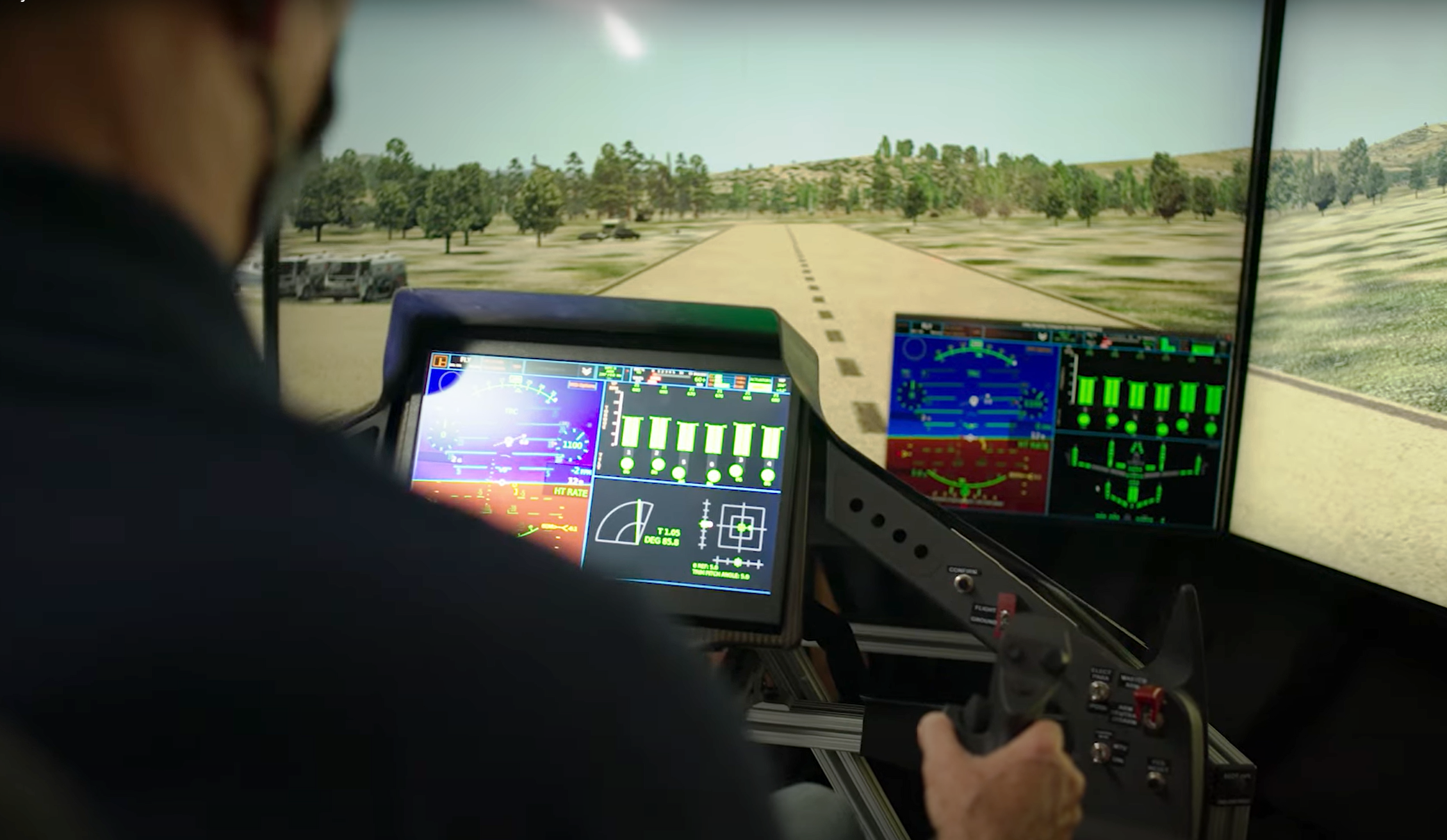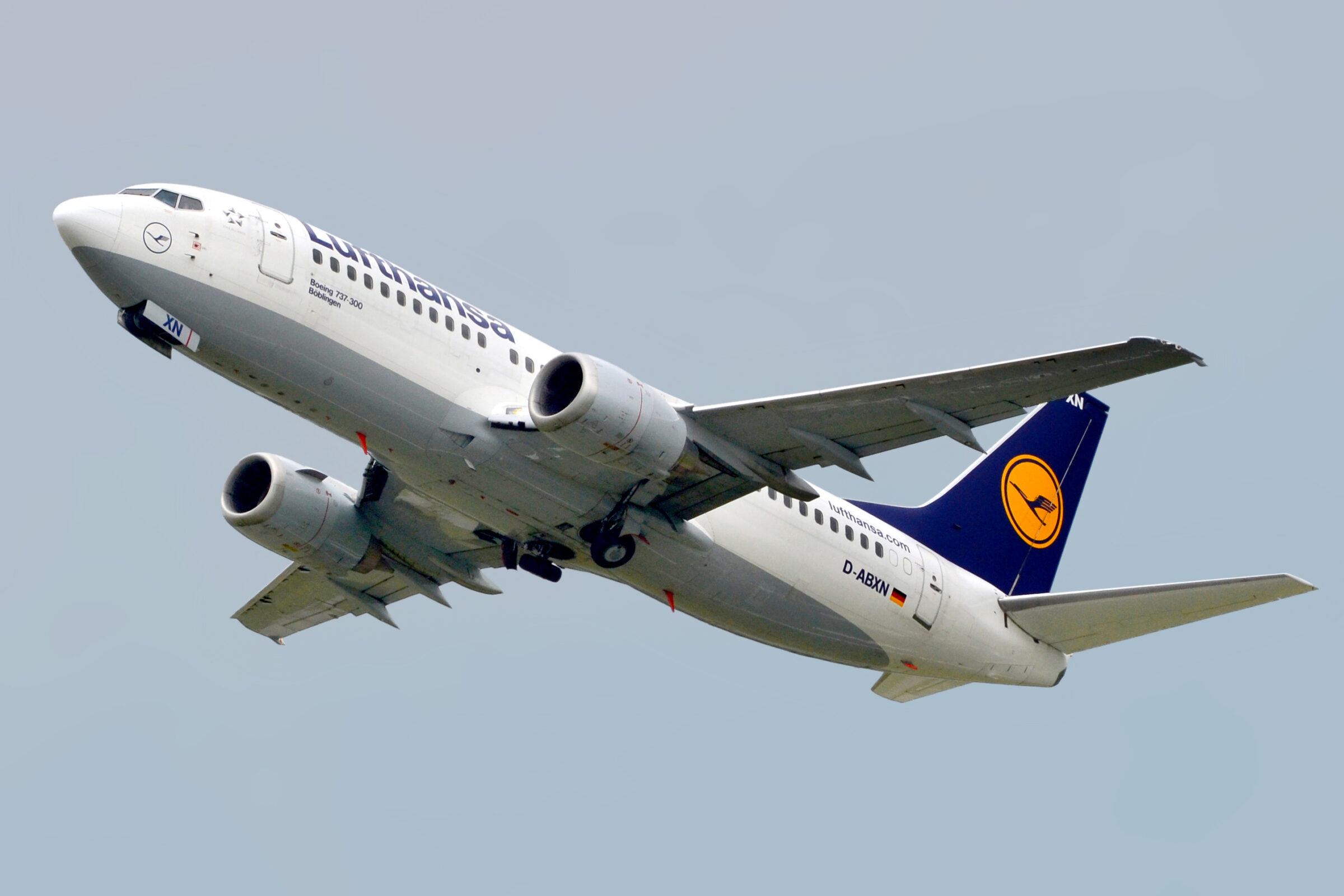Leeham News and Analysis
There's more to real news than a news release.
Pontifications: Suppliers don’t lack for demand, but haven’t recovered from Pandemic crisis
Oct. 3, 2022, © Leeham News: Aerospace suppliers don’t lack demand. But they still have a long way to go to recover from the crisis brought about by the COVID-19 pandemic. The pandemic began in earnest in March 2020. While largely under control today, there are still COVID variants sending people to hospitals and deaths.
Jeff Knittel, the president of Airbus Americas, homed in on the fundamental question during the US Chamber of Commerce Aerospace Summit last month in Washington (DC). Knittel moderated a panel with suppliers Tom Gentile, CEO of Spirit Aerosystems, and Paolo Dal Cin, Senior Vice President, Operations, Supply Chain, Quality, Environmental, Health, and Safety for Raytheon Technologies.
“Is this the beginning or the end or the end of the beginning in terms of [supply chain] disruptions?” Knittel asked. “This has been painful for everyone, and outside our industry also. Where do you see us today in terms of the recovery and next steps for you and the industry?”
“I would say that the recovery has started for the supply chain, but we still have a long way to go,” said Gentile. At the July Farnborough Air Show, there were few orders announced. The whole story was the supply chain.
Bjorn’s Corner: Sustainable Air Transport. Part 39. VTOL design realities.
September 30, 2022, ©. Leeham News: Last week, we discussed how the pilot should control the eVTOLs that enter the market in three to five years. The absence of a standard for pilot interaction with the VTOL is troubling.
Having gone through the market’s major eVTOLs, their flight principles, and the key systems, we now look at how it all fits together. What payloads can be flown to what range? What will be the operational costs, and how green will it all be? We start by looking at some design realities for eVTOLs.
Read more
Engine Development. Part 7. Engine reliability changes the aircraft market
Subscription Required
By Bjorn Fehrm
Introduction
September 29, 2022, © Leeham News: The 1970s saw the introduction of the High Bypass engine for the medium/long range Boeing 747, Douglas DC-10, and Lockheed Tristar, with Airbus A300 employing an updated variant of the DC-10 engine for medium range missions.
In the following decades, these engines introduced improved technology and matured into new levels of reliability. With the increase in reliability came changes in how long-range aircraft were designed.
Summary
- The engine development after the introduction of the high bypass turbofans in the 1970s focused on reliability and higher efficiency rather than new design principles.
- The change in reliability made the two-engined long-range aircraft the winner over three and four-engine aircraft.
UPDATED: All-electric Eviation Alice takes 1st flight
Sept. 27, 2022 © Leeham News: The battery-powered Eviation Alice has flown for the first time.
The nine-seat aircraft, powered by twin electric propeller motors assembled by Eviation’s sister company, magniX, rotated up and took off into a sky hazy from forest fires shortly after sunrise in the Pacific Time Zone, a little after 7 a.m.
After takeoff the plane banked to the right, circled for eight minutes around Grant County International Airport in Moses Lake, then landed safely. The Alice reached an altitude of 3,500 feet.
The dawn flight was an important milestone for Eviation, magniX, and for battery-powered aircraft in general. The Alice appears to be the largest electric passenger aircraft to fly so far, larger than the two-seater Pipistrel Velis, which had its first test flight with passengers in Iceland last month. Tecnam and Rolls Royce teamed up to fly a four-seater P2010 with a hybrid electric engine in February.
Summary
- EIS is still years away, CEO says
- Eviation and magniX need batteries to get better
- Alice will evolve in interim
Achieving net zero carbon is a promise you can keep: P&W’s Webb
Subscription Required
By Scott Hamilton
Sept. 26, 2022, © Leeham News: The International Civil Aviation Organization (ICAO) is nearing the next step in support of dramatically cutting emissions by airlines and the aviation industry.
“ICAO has been working for about the last three years on something called a long-term aspirational goal (L-TAG). That’s regarding a study that was conducted by a number of their scientists to determine if it is feasible for the aviation industry to reduce its carbon emissions specifically, to achieve a net zero standard. That’s what for a long-term aspirational goal is,” said Graham Webb, Chief Sustainability Officer for Pratt & Whitney. “At this point, the study has been completed and has been reviewed by 93 member states. It would appear that the initial motion of the language that is going to be put forward will pass.”
ICAO previously adopted the Carbon Offsetting and Reduction Scheme for International Aviation (CORSIA). L-TAG is the next step, Webb said in an interview this month with LNA.
“Once that is in place, it will enable ICAO, much as it already is done with CORSIA, to establish policies that would then be enforced by all its member states in a common, in a related way as opposed to the concern that many people have had, where you would see a patchwork. You would see some countries, such as the United States, providing incentives through vendors’ tax credits. You would see Europe in the form of mandates and taxes. They have this Emissions Trading Scheme that they’ve been putting forward and running through the Parliament. The overall objective is to have this singular global aviation industry, regulatory body, ICAO, that would then set the guidelines for the industry.”
Pontifications: Single-pilot jetliners OK for cargo, not yet for passenger airplanes
Sept. 26, 2022, © Leeham News: I sat down with Fred Smith, the founder and now executive chairman of FedEx, on Sept. 15 at the US Chamber of Commerce Aerospace Summit. The first article appears here.
The balance of the interview covered a wide range of topics. I’ll summarize them below.
Bjorn’s Corner: Sustainable Air Transport. Part 38. Piloting the VTOL
September 23, 2022, ©. Leeham News: Last week, we looked into the hardware needed for the Flight Control System (FCS) of the eVTOLs in development.
We could see the redundancy of the FCS had to be extensive as the tricky hover to forward flight transition demanded a full-time Fly By Wire concept with no direct mode backup.
Yet the FCS hardware demands are not the main problem of a safe eVTOL FCS. The pilot interaction is. Not because it’s tricky. Because every project does it their way.
Read more
Engine Development. Part 6. High Bypass goes mainstream
Subscription Required
By Bjorn Fehrm
Introduction
September 22, 2022, © Leeham News: With the introduction of the High Bypass engine for the Boeing 747, Douglas DC-10, and Lockheed Tristar, it was obvious Pratt & Whitney’s low bypass engines on the Boeing 707, 727, 737, and Douglas DC-8, -9 should be attacked with a new High Bypass engine in this thrust class.
French Snecma and GE teamed up to break Pratt & Whitney’s monopoly of the jet engine market outside the widebodies. The CFM56 was born.
Summary
- With an exclusive fit on the Boeing 737 and a 10-year introduction advantage on the A320, the CFM56 has dominated over the competing IAE V2500.
- The CFM56 is the world’s most produced jet engine, with over 32,000 engines produced to date.
Boeing shows FedEx concepts for 787F and NMA-F
By Scott Hamilton

Concept of a Boeing 787F. Illustration is for the 787-8, but Boeing also is studying 787-9 option. Credit: Leeham News.
Sept. 20, 2022, © Leeham News: FedEx last week withdrew its previous financial guidance for the year on a revised analysis. Now, the company says, revenues will be about $500m less for air operations and about $300m less for ground operations.
The flagging global economy and higher costs are blamed. As a result, FedEx will be parking an unspecified number of airplanes and implementing cost savings initiatives.
But at the same time, the company is evaluating new aircraft freighters and potentially acquiring and converting used Boeing 777-300ERs to freighters.
In an interview on Sept. 15, the same day the financial forecasts were revised, Fred Smith told LNA that the airline is evaluating the 777-300ER aftermarket conversions and new airplanes offered by Airbus and Boeing.
The Boeing concepts include the proposed 787F and a freighter version of the New Midmarket Airplane (NMA). LNA revealed months ago that Boeing was studying both of these aircraft. Boeing already launched the 777-8F, another option for FedEx. Airbus has offered the A350F to FedEx. Smith said he’d like to see Airbus launch a new-build freighter version of the A321neo.
Related Articles
- ICAO standards are the death knell for the 777F and 767F
- Boeing vows to maintain freighter dominance
- Jump in R&D spending points to new Boeing airplane
- Boeing ponders 787F




